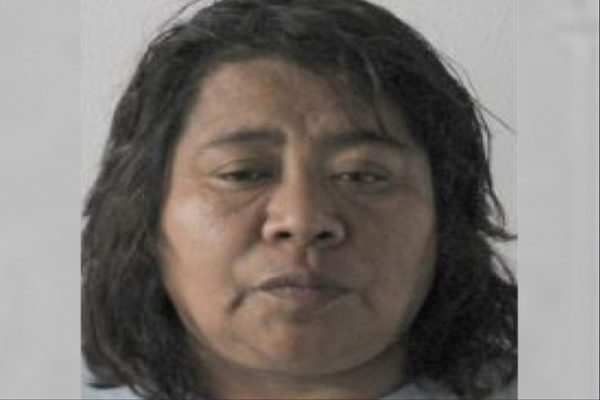
Céline Dion, an iconic figure in the music industry known for her powerful voice and passionate performances, has touched millions with her music. Beyond her illustrious career, selling over 200 million albums worldwide and earning a place among the best-selling musicians of all time, Dion's life took a dramatic turn when she was diagnosed with a rare and debilitating neurological condition known as stiff person syndrome (SPS) in 2020. This diagnosis has significantly impacted her ability to perform and engage in daily activities, leading her to step away from the spotlight to focus on her health.
The Courage to Share Her Struggle
Dion's announcement over two years ago marked a significant moment for her fans and the broader public's understanding of rare diseases. Her openness about her condition has brought much-needed attention to SPS, a disorder that impacts the nervous system, causing severe muscle stiffness and spasms. This transparency has shown Dion's unwavering courage and commitment to raising awareness, even as she battles the challenges of her illness.
Despite her health struggles, Dion remains a symbol of resilience and determination. She has navigated this difficult journey with the same grace and strength that have defined her career, proving that her spirit is as indomitable as her voice. Through candid discussions and interviews, she has provided insight into her daily life with SPS, educating and inspiring those facing similar battles.
The Reality of Living with SPS
In a revealing interview with NBC, Dion described the harrowing symptoms of SPS. "It's like somebody is strangling you. It's like somebody is pushing your larynx and pharynx," she explained. "If I cook, because I love to cook, my fingers and my hands will get in position. It's cramping, but I'm in a position where you cannot unlock them."
Dion also suffers from frequent spasms in her abdomen and throat muscles. On one occasion, the spasm was so severe that it caused her to suffer a broken rib. "Unfortunately, these spasms affect every aspect of my daily life...sometimes causing difficulties when I walk and not allowing me to use my vocal cords to sing the way I'm used to," the "My Heart Will Go On" singer shared. "All I know is singing... It's what I've done all my life. And it's what I love to do the most."
Understanding Stiff Person Syndrome
Stiff person syndrome (SPS) is an autoimmune neurological disorder whose cause remains unknown. It is estimated that SPS affects only one or two individuals per million. However, medical experts believe the disorder is more common than current data suggests due to its rarity and the variety of symptoms it can cause.
"What ends up happening is that the nervous system becomes hyper-excitable, which ultimately leads to the symptoms and signs that we see," explained Scott Newsome, MD, a Professor of Neurology and Director of the Stiff Person Syndrome Center at Johns Hopkins Medicine, in an interview with Healthline.
Diagnosing and Treating SPS
Diagnosing SPS is challenging and typically involves blood testing for specific antibodies and a referral to a neurologist. "SPS is considered a spectrum disorder. From symptom onset to diagnosis can take several years, so people are unaware of the condition, and then we see this expanding spectrum of symptoms," Newsome elaborated.
Variants and Symptoms of SPS
- Classic Stiff Person Syndrome: Characterised by muscle tightness, spasms, and stiffness.
- Focal Stiff Person Syndrome: Similar to the classic form but may initially affect only a single limb, with potential progression to the trunk.
- SPS with Cerebellar Ataxia: An even rarer form that coexists with cerebellar ataxia, leading to increased muscular control issues, vertigo, and double vision.
Managing SPS
While there is no known cure for SPS, a combination of therapies can help manage symptoms and improve quality of life. Immunotherapies, including intravenous immunoglobulin, are comprehensive treatments that target the immune system directly.
Additional therapies targeting the body, movement, and muscles can also be beneficial. These include:
- Yoga: Helps improve flexibility and reduce muscle stiffness.
- Acupuncture: Can alleviate pain and improve overall well-being.
- Physiotherapy: Focuses on enhancing mobility and strength.
- Qigong: A traditional Chinese medicine practice that promotes health through movement and meditation.
- Stretching: Regular stretching exercises can reduce muscle tightness.
- Massages: Help relax muscles and reduce spasms.
"When you combine all of this, I've seen better outcomes over time. There's no cure, so those outcomes could just help the person's day-to-day quality of life. And with the immune therapies, we have seen that for the individual, it could help prevent progression and worsening over time," Newsome concluded.
In a new documentary, Dion sheds tears as she discusses the impact of SPS on her life and career. She nearly faced life-threatening situations due to the severity of her condition, as reported by the Daily Mail. Her willingness to share these personal moments highlights her strength and determination to overcome her health challenges.







